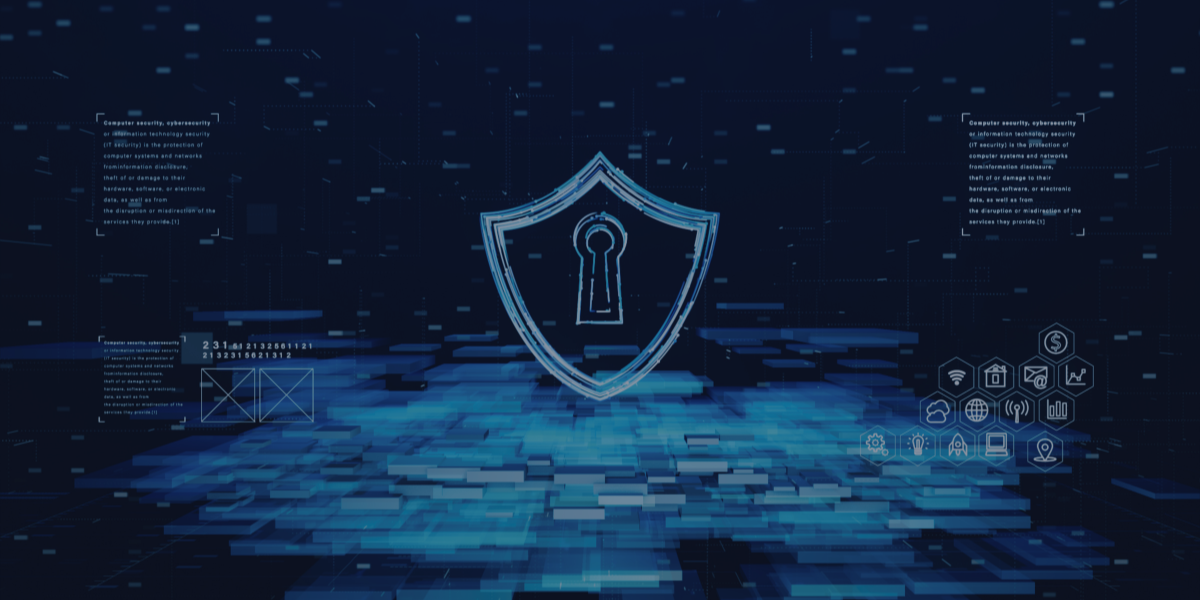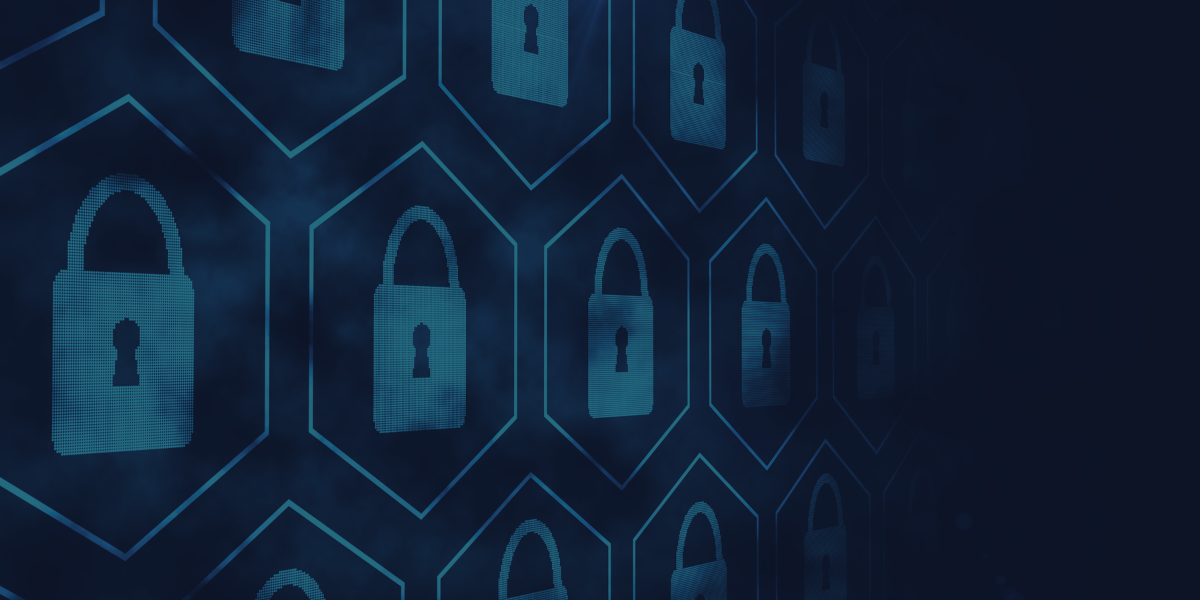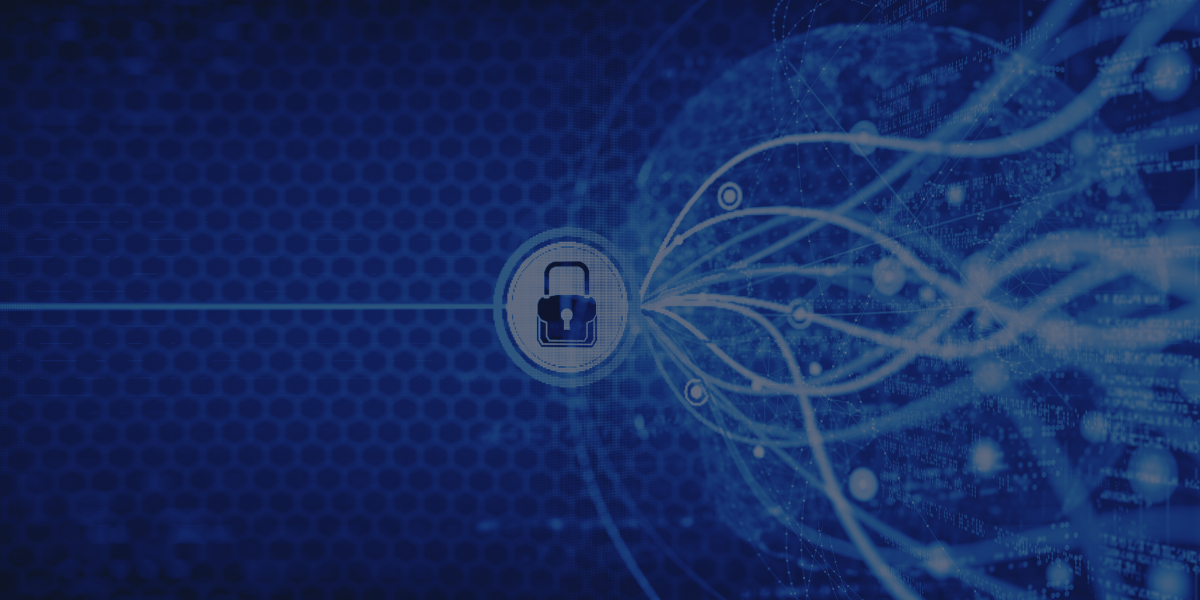Table of Contents:
Changing the Economics in Open Source Software
What the “Old Ways” Are Lacking
Building Intrinsic Security into Code Itself
Dramatically Reducing Exploitable Vulnerabilities
Maintaining High-Velocity Code Release Schedules
What the “Old Ways” Are Lacking
Open source software, in its three decades of existence, has experienced rapid growth and adoption within the software development landscape—and for good reason. It differentiates itself from proprietary software in the fact that developers can inspect, copy, modify, and redistribute the software easier than ever before. The flexibility, community involvement, quality, and low costs that accompany open source software has driven a vast amount of users to harness its power while transitioning to more digital technologies. In fact, open source Linux recently reported powering 75% of the public cloud workload, and its share is expected to rise to 85% by 2024. Additionally, 99% of Fortune 500 companies currently use open source software.
But, as the “Peter Parker Principle” tells us: With great power comes great responsibility. It is true that using open source software can come with increased cybersecurity risks. Linux, the fastest evolving software on the market, adds 10,000 new lines of code every day—only opening up more common vulnerabilities and exposures (CVEs) for bad actors to exploit.
In 2019 alone, open source software vulnerabilities increased by 130%. On top of this, it can take an average of over four years for vulnerabilities in open source software to be spotted.
The bottom line? Inevitably, open source software will continue to have an attack surface with open doors for malicious cyber criminals to abuse. Too much focus has been on keeping bad actors out, instead of what to do when they get in. To reap the full benefits of using open source software, it’s time to change the economics, shift the mindset, and put the advantage back into the hands of the end-user.
4 Elements Needed to Protect Your Open Source Software
To effectively make this shift, protect your open source software, and experience all of the positives that come with its usage in the meantime, you can increase your security posture with the following four methods:
Building Intrinsic Security into Code Itself
Instead of layering cybersecurity tools on top of software stacks that only add more variables into the equation, there can be significant benefit to adding security measures right into the code itself.
How to make the shift: By adding runtime cyber protections directly into open source software with downloadable, pre-hardened packages that make every image functionally identical but logically unique, bad actors are left with nowhere to go in the event they do still find a way in. There is no lag time or possibility of improper integration with this functionality, and critical IT infrastructure can be automatically secure from the most common and severe types of cyber attacks.
Making Code Self-Protecting
If you’re working within open source software development platforms to develop your own code, you can also make sure these protections are instilled by randomizing your memory layout while keeping the system functionally identical during the build process.
Additionally, it’s important to recognize that current scanning technologies are not effective in detecting vulnerabilities in open source software. When your software passes testing, you expect your systems to run smoothly, but unfortunately, that’s not always the case. It’s vital to ensure that no vulnerabilities go unnoticed within your software by implementing reliable open source software security monitoring technology to operate within your system. This enables you to streamline your patching process and avoid the far-reaching impact of service disruptions.
Dramatically Reducing Exploitable Vulnerabilities
There are not only known, but also unknown vulnerabilities at play when it comes to open source software usage. It’s essential to take both into consideration when deploying software and working to reduce the amount of each that bad actors can potentially exploit. By reducing the attack surface within your lines of code and putting a “cyber tourniquet” on your software with intrinsic security measures, you can immediately reduce the amount of vulnerabilities on both sides of the equation.
Maintaining High-Velocity Code Release Schedules
Today’s developers are often tasked with making sure code is trustworthy and secure prior to release to customers but also adhering to tight deadlines and turnaround times set in place beforehand. But by using immunized code with reliable cybersecurity measures built-in that does not increase the time needed for development or release, developers can easily stick to these schedules and enjoy peace of mind knowing that they’re distributing safe and secure open source software.
Deploy Immunized Software with RunSafe Security
When we switch to the mindset of keeping code secure even when bad actors do find a way in, the world of benefits that come with using open source software is restored. RunSafe Security has recognized this need and developed a trusted technology that shifts the odds back into the favor of the open source end-user and out of the hands of the attacker. RunSafe’s Alkemist technology includes a trifecta of solutions that speak to the needs mentioned above in securing open source software usage:
- Alkemist:Code. A patented, virtually unbreakable immunization code integrated seamlessly at the “build” stage of your pipeline, being the first step in leaving attackers with nowhere to hide.
- Alkemist:Repo. In order to eliminate associated vulnerabilities with already-in-use open source code, Alkemist:Repo allows you to download prehardened packages where security protections are already applied. A perfect partner to Alkemist:Code, Repo smooths out patching and updating processes and keeps you protected even when a patch or fix isn’t available.
- Alkemist:Flare. A technology that continuously monitors the health of your systems during runtime, providing indicators of stability, reliability, and vulnerability while instantly flagging failures and potential attacks.
It’s time to change the mindset of open source software.
Implementation is easy. Get a free trial of Alkemist technology today with just a few clicks, and start deploying software you can trust.
______________________________________________________________________________
FAQ:
What Are 4 Ways to Protect Your Open Source Software?
– Building Intrinsic Security Into Code Itself
– Making Code Self-Protecting
– Dramatically Reducing Exploitable Vulnerabilities
– Maintaining High-Velocity Code Release Schedules
What is the Best Software to Deploy Immunizing Software?
– Alkemist:Code.
– Alkemist:Repo.
– Alkemist:Flare




